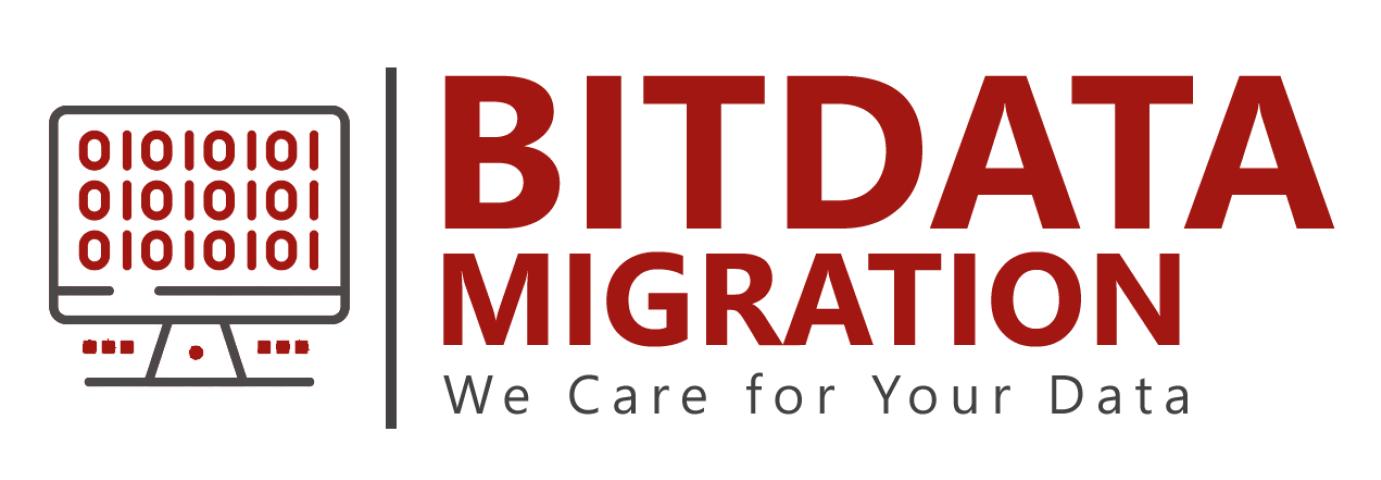The digital banking revolution has transformed how customers interact with financial institutions, with mobile banking applications taking center stage. However, the demand for secure, efficient, and feature-rich banking apps puts immense pressure on banks to deliver seamless experiences. End-to-end software test automation is the key to achieving this, streamlining testing processes while ensuring high performance and data security.
The Growing Need for Software Test Automation in Banking
Mobile banking apps handle millions of transactions daily, making reliability and security non-negotiable. Manual testing alone cannot keep up with the demand for frequent updates, new features, and stringent compliance requirements.
Automated testing addresses these challenges by providing robust, repeatable, and efficient testing processes. With software test automation, banks can validate functionalities, uncover hidden vulnerabilities, and roll out updates faster without compromising quality.
Industry Stat: According to a recent report by MarketsandMarkets, the global test automation market is projected to grow from $24.7 billion in 2023 to $49.9 billion by 2028, with banking among the key industries driving this growth.
Streamlining Mobile Banking Applications
Modern banking apps must deliver a flawless user experience, supporting features like fund transfers, bill payments, and real-time notifications. Automated testing ensures consistent performance by simulating real-world scenarios, such as varying network conditions, concurrent user logins, and multi-device interactions.
Test automation services play a pivotal role in performing functional, regression, and performance testing. These tests guarantee that app features function seamlessly across multiple platforms, reducing downtime and user complaints.
For instance, automated regression testing allows banks to verify that new features do not disrupt existing functionalities. This speeds up release cycles and enables the delivery of customer-centric innovations at a competitive pace.
Enhancing Data Security Through Automated Testing
Banks are prime targets for cyberattacks due to the sensitive nature of the data they handle. Automated testing tools can simulate potential security breaches and vulnerabilities, enabling developers to fortify applications against threats.
Key security tests include:
- Penetration Testing: Identifies weak points in the system.
- Data Encryption Validation: Ensures sensitive information is encrypted during storage and transmission.
- Authentication Mechanisms Testing: Verifies multi-factor authentication (MFA) implementation.
By leveraging software testing services, banks can ensure compliance with data protection regulations such as GDPR and PCI DSS, boosting customer trust in their platforms.
Industry Stat: The World Economic Forum’s Global Risks Report highlights that 95% of cybersecurity issues stem from human error, emphasizing the importance of automated checks.
Accelerating Feature Rollouts with Automation
Banks operate in a competitive landscape where rapid innovation is critical to retaining customers. Automated testing reduces the time needed for repetitive and time-consuming manual tests, allowing faster rollouts of new features.
Continuous Integration/Continuous Deployment (CI/CD) pipelines, integrated with test automation services, streamline the development process by automatically triggering test cases after every code update. This ensures that bugs are identified and resolved before deployment, enhancing the app's stability.
For example, a bank introducing biometric authentication for its mobile app can rely on automated testing to evaluate functionality across various devices and scenarios. This reduces the risk of post-launch failures and improves customer satisfaction.
Why End-to-End Testing is Essential
End-to-end testing validates the entire user journey, from login to transaction completion. This holistic approach ensures that all components of the banking system work cohesively.
Key benefits include:
- Reduced Downtime: Proactively identifies system-wide issues.
- Improved User Experience: Detects glitches affecting usability.
- Scalable Testing: Accommodates growing customer bases and complex features.
By implementing software test automation, banks can future-proof their systems against evolving challenges and customer expectations.
Industry Stat: A report by Capgemini found that 85% of banking executives believe customer experience is a key differentiator, underscoring the need for rigorous testing.
Choosing the Right Automation Tools and Partners
The success of a test automation strategy depends on selecting the right tools and partners. Popular automation tools like Selenium, Appium, and TestComplete offer extensive capabilities for testing mobile and web applications. However, choosing tools tailored to banking needs—such as those with pre-built test scripts for security and compliance—can enhance efficiency.
Partnering with providers specializing in software testing services ensures access to domain expertise and the latest testing technologies. These experts can customize automation frameworks, integrate them with existing workflows, and provide ongoing support, maximizing ROI.
Conclusion
End-to-end test automation services are no longer optional for banks looking to stay ahead in a digital-first era. By streamlining mobile banking applications, enhancing data security, and accelerating feature rollouts, software test automation empowers banks to deliver unparalleled customer experiences.
As the financial landscape evolves, investing in automated testing ensures that banks remain resilient, innovative, and customer-focused. The result? Greater operational efficiency, improved security, and sustained customer trust in an ever-competitive market.
















